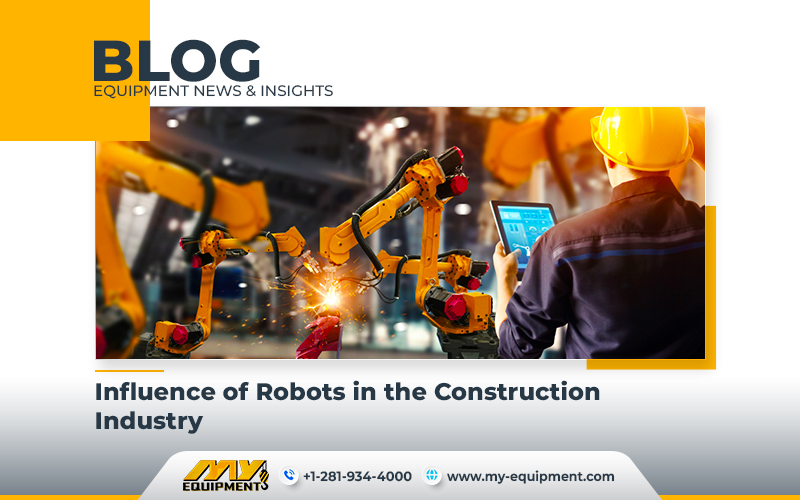The discussion around the potential replacement of construction jobs by robots has been a topic of a lot of debate. According to a recent study conducted by the Midwest Economic Policy Institute (MEPI), 2.7 million construction jobs could be replaced or displaced by robots by 2057. Although this is a concerning figure, it must be considered in light of the methodology used to get at it.
The automation potential is different across the loads and loads of construction-related occupations. Jobs like operational engineers have a high potential for automation (88%), largely because there is already autonomous heavy machinery for excavation, grading, and site work that uses technology comparable to that of self-driving automobiles. On the other hand, occupations like sheet metal workers, construction laborers, and roofers have a lower potential for automation, primarily cause of the inherent complexity and variability of their tasks. Since many physical jobs in construction are performed in unstable and constantly changing surroundings, as well as the fact that it is not technically possible to recreate some operations using robots, they should not worry about robots taking their jobs.
Jobs involving predictable physical work though have a higher potential for automation (70%) compared to those that involve unpredictable physical work (38%). But still, McKinsey projects a modest 5% potential for complete job replacement across all industries by robots.
Challenges to Full Automation
Even with the high automation potential the construction industry is suffering due to labor shortages, particularly due to the aging workforce. Plus there is a very slow adoption of new technology and a limited availability of construction specific robots. This of course presents hurdles for the quick implementation of automation in construction.
Issues with Adoption
Robots that find their way to construction sites may face some types of obstacles due to the typically slow adoption of new technologies by the industry as a whole. Another issue to consider is that there aren’t many construction robots that are in the market right now. Since the robot revolution is still in its early stages, it will take some time before these robots have a big influence on the building sector.
Right now they are mainly focusing on simple, repetitive tasks such as bricklaying and rebar tying. But these robots still require human supervision, initialization, and setup. But once configured, these robots can operate nonstop, doing jobs faster than human laborers without the need for breaks or evening naps. Robots are not fatigued from lifting bricks, laying mortar, and placing them, they are also not tired from bending over all the time to knot rebar.
Workers will Need to Upskill & Adapt
Robots will of course require some workers to deploy, control, and supervise their work. As with any other mechanism, these robots will also require upkeep and repairs. Naturally, this will mean that the construction sector workers will need to pick up new skills and undergo more training in order to fill these roles, but this is nothing new; in the past, technical breakthroughs have threatened to upend entire industries and force workers into the unemployment line. Robots and artificial intelligence (AI) software will help maintain construction projects on schedule and within budget as they become more complicated.


 1400 Broadfield Blvd, Houston, TX 77084,
USA.
1400 Broadfield Blvd, Houston, TX 77084,
USA. omer@my-equipment.com
omer@my-equipment.com